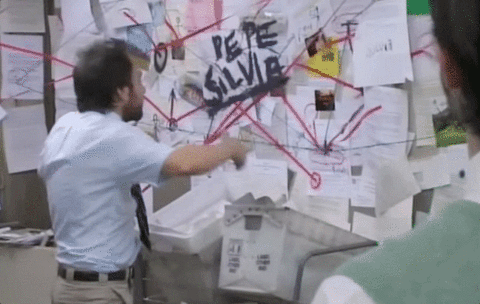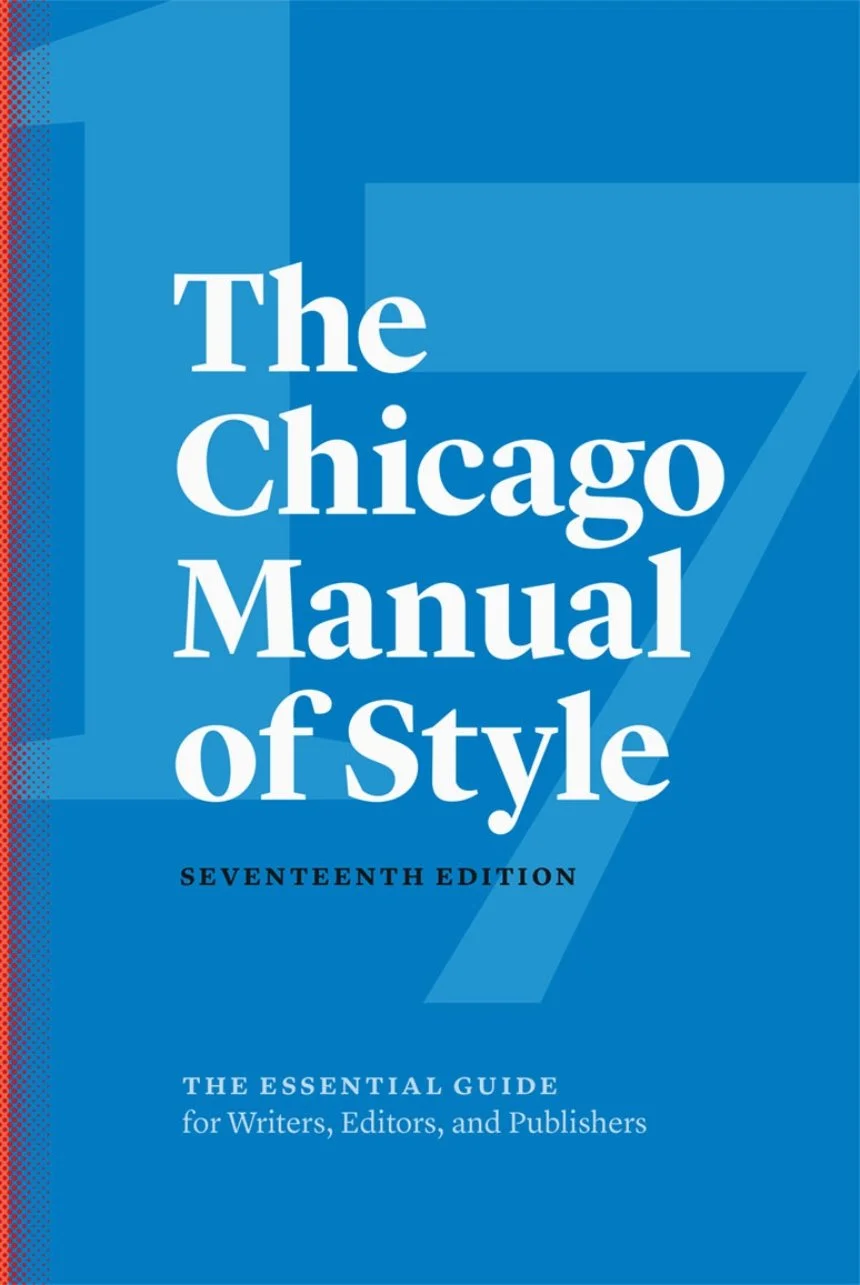How to Self-Edit Like a Pro According to an Editor
Congrats, you did it!
You finished the first draft. Take a moment to revel in the fact that you wrote a book. So many people talk about writing a book one day, but you did it, and it’s a huge step—arguably, the biggest—in becoming a published author.
The first draft is just the beginning. Now comes the scary part: rewriting and editing. You might be wondering if you need to hire an editor now or if you need to hire an editor at all. Truthfully, there are a lot of factors that determine whether it’s time to hire an editor or if you still have some work ahead.
When to self-edit
Most authors do the bulk of their editing. When a book is published, it’s the author’s name on the front, so they’re the ones responsible for any errors that make it to print.
Unfortunately, with self-publishing becoming more and more popular, and authors taking on the brunt of the costs involved with publishing, many authors must pay for editing themselves by hiring freelance editors. Not everyone has the capital to pay for multiple rounds of editing and proofreading, but every book still needs to go through the review and editing process to compete in today’s market. Thus, self-editing is essential, whether you hire an editor to polish up that final draft or not.
Self-editing tips
Take at least a week between finishing writing and starting editing.
You need to hit refresh on your brain to shift from writing mode to editing mode. Take it from me, it’s hard to edit something you’re close to. There’s not just an emotional attachment, but an intellectual attachment to your own writing. Of course, everything makes sense to you, you’re the one who wrote it. Most writers are highly defensive of their work, understandably so. It’s a lot of effort to write a book. Take a break, and try to come back to it with a fresh, outside perspective. A break will help separate the writing process from the editing process and shift gears into analytical thinking instead of creative thinking (though, creative thinking is still a crucial part of the editing process!)
Have friends and colleagues read your finished drafts and give their notes.
A word of warning: I don’t recommend letting anyone read your book until at least the entire first draft is finished. Even better, I suggest waiting until your second draft to let anyone read it. Most beta readers aren’t going to want to read it more than once, so make sure you’ve already gotten the storyline and plot to a place you’re personally happy with. Then, use beta readers to point out those plot holes you would’ve missed on your own. Getting an outside perspective is necessary before putting it on the market, and it’ll help you avoid major developmental issues. If you don’t have friends willing to read your draft, I suggest joining a writing group or book club and offering to exchange draft reviews with other writers. Doing this can save you the costs of hiring a developmental editor.
Have an outline handy with character names, special term spellings, and plot points.
To avoid inconsistencies, you’ll want to have a style sheet handy. Keep track of spellings, character traits like hair color or eye color, or anything else that needs to stay the same. Use your preferred outlining method (a simple bullet list) to note scenes, plot points, character development, or anything else that pulls the story together. Do you know that scene of a detective with photos and yarn tacked a wall to piece together a case? Yeah, do that to your book. Dissect the plot and find inconsistencies so your readers don’t.
This could be you. Though, hopefully, less spastic.
Choose a style guide and dictionary to familiarize yourself with and follow.
Most books use the Chicago Manual of Style (CMOS). You can pick up a physical copy or get an online subscription. If you’re self-editing, I highly recommend familiarizing yourself with CMOS. The style guide includes punctuation, usage, and format rules that are industry standard. Any time you make a style decision, note it in your style guide to keep things consistent and so you don’t have to keep looking it up.
Find a link to buy CMOS here.
Some common style and syntax details editors search for are dialogue tags and punctuation around quotation marks, em-dash versus en-dash, hyphen use, passive versus active language, and commonly misused words. Being a reader and knowing what readers expect from format and style is an advantage here. Pay attention to how your favorite books format dialogue and create suspense using punctuation and language.
Look out for shifting tenses and stick to a point of view (POV).
Stick to present tense or past tense, only changing tense strategically when it makes sense for the story timeline. Each character POV should stick to either a first-person or second-person perspective (or another less common POV). Be careful of shifting POVs mid-chapter or book. Pick a perspective and stick to it, and don’t give readers more information than they should have available for each character's POV. Don’t reveal another character’s thoughts unless your POV can read thoughts. Create suspense by leaving some things up to the reader’s imagination.
Use AI to check for typos or egregious grammar errors.
There’s a lot of debate around using AI tools like ChatGPT as a writing tool, which is an entirely other topic to get into. Debate aside, AI is a useful tool for certain detail-oriented tasks such as proofreading. Just make sure to check all ChatGPT suggestions again since AI lacks the nuance to understand context completely, especially in fiction.
Use a read-aloud tool to check pacing and misspellings.
After you’ve done the bulk of editing and proofreading yourself, a good last step measure before publishing is to use a read-aloud tool to catch any details you’ve missed. There are a lot of free tools available, and the word processing software you use to write probably has one built-in. As you go about listening, take note of anything that sounds off and its location so you can go back to the written manuscript and adjust as needed.
When to hire an editor
Okay, I did my editing, and I’m ready to try publishing. But do I still need an editor?
If you’re querying agents or publishing houses, you probably don’t need to hire an editor. After you’ve completed the work and the self-editing process, the manuscript is most likely in a good enough place to start querying. Once a contract is obtained, a publishing house will pair you with an editor who will provide more concise editing direction until the book’s publication.
If you want to self-publish, you should consider hiring an editor. A professional editor is trained to polish out the details so that your book fits right into the market with any other traditionally published book. While some readers might not mind grammar errors, typos, or inconsistencies, those errors could cause you to lose a large percentage of the reader market who are used to traditionally published book quality. While self-editing is absolutely a viable budget-friendly option if you’re willing to put in the hard work, an editor is rarely a bad investment.
By taking the steps to self-edit before hiring an editor, you save yourself time and money, since much of the heavy editing is already done.
Still not sure if you’re ready for an editor? Feel free to reach out and ask questions! I’d love to hear what you’re working on.



